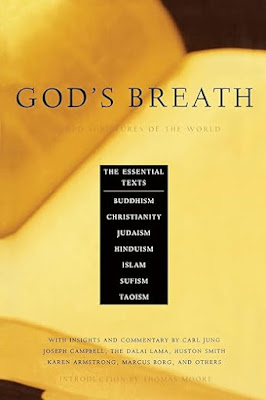This is a remarkable book. Written by a young girl -- and the young are not afraid of telling the truth -- it is one of the wisest and most moving commentaries on war and its impact on human beings that I have ever read. Anne Frank's account of the changes wrought upon eight people hiding out from the Nazzis for two years during the occupation of Holland, living in constant fear and isolation, imprisoned not only by the terrible outward circumstances of war but inwardly by themselves, made me intimately and shockingly aware of war's greatest evil -- the degradation of the human spirit" (p. xiii).
The Diary of a Young Girl ~ by Anne Frank, translated from the Dutch by B. M. Mooyaart-Doubleday, introduction by Eleanor Roosevelt, 1952 (English version), autobiography, 297 pages
Commonly referred to as The Diary of Anne Frank, is a book of the writings from the Dutch-language diary kept by Anne Frank while she was in hiding for two years with her family during the Nazi occupation of the Netherlands. The book has become a world classic and a timeless testament to the human spirit. The edition I'm reading is enriched by many passages originally withheld by her father. In it Anne is more real, more human, and more vital than ever. Here she is first and foremost a teenage girl — stubbornly honest, touchingly vulnerable, in love with life.
She imparts her deeply secret world of soul-searching and hungering for affection, rebellious clashes with her mother, romance and newly discovered sexuality, and wry, candid observations of her companions. Facing hunger, fear of discovery and death, and the petty frustrations of such confined quarters, Anne writes with adult wisdom and views beyond her years. Her story is that of every teenager, lived out in conditions few teenagers have ever known.














































